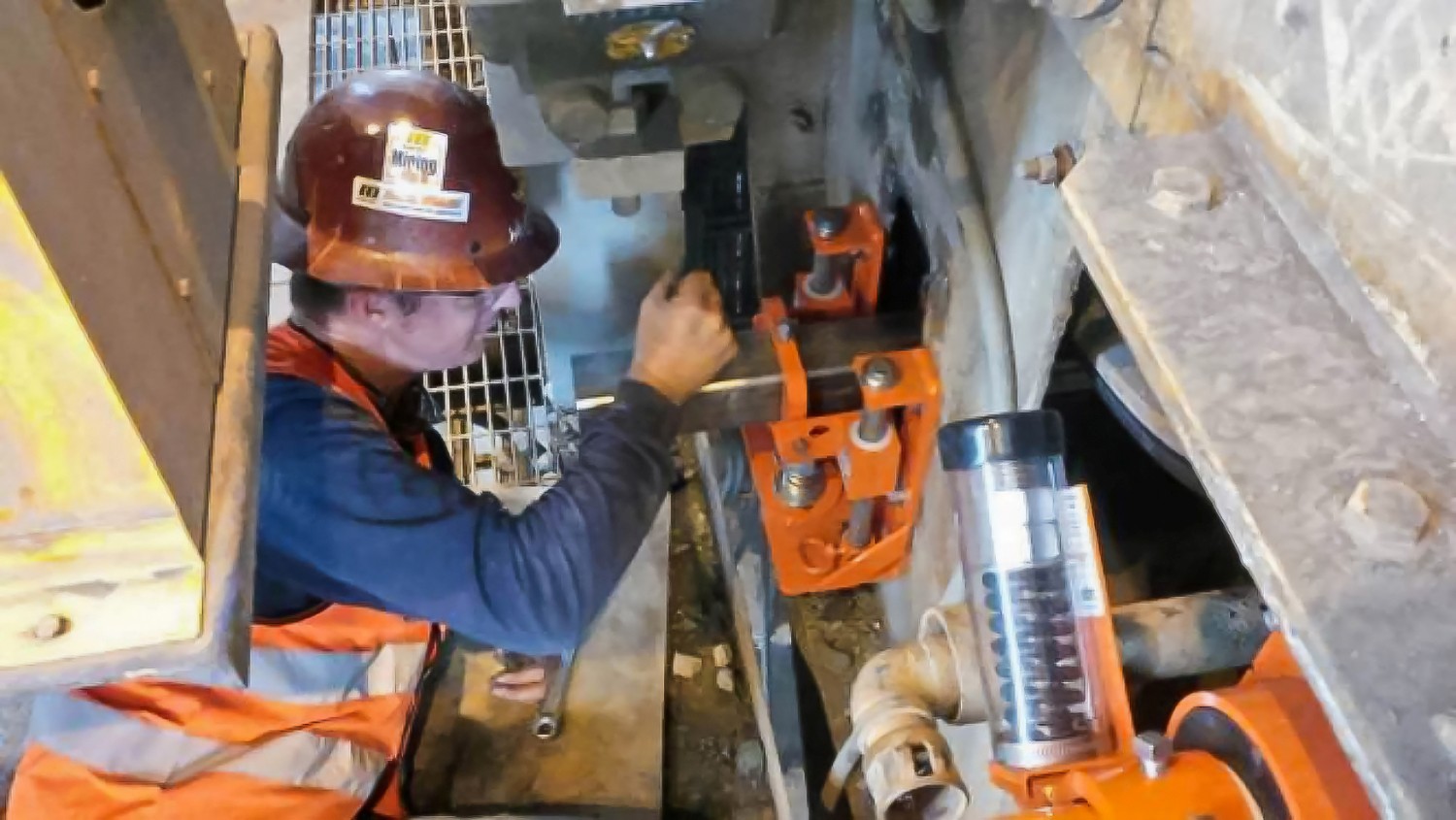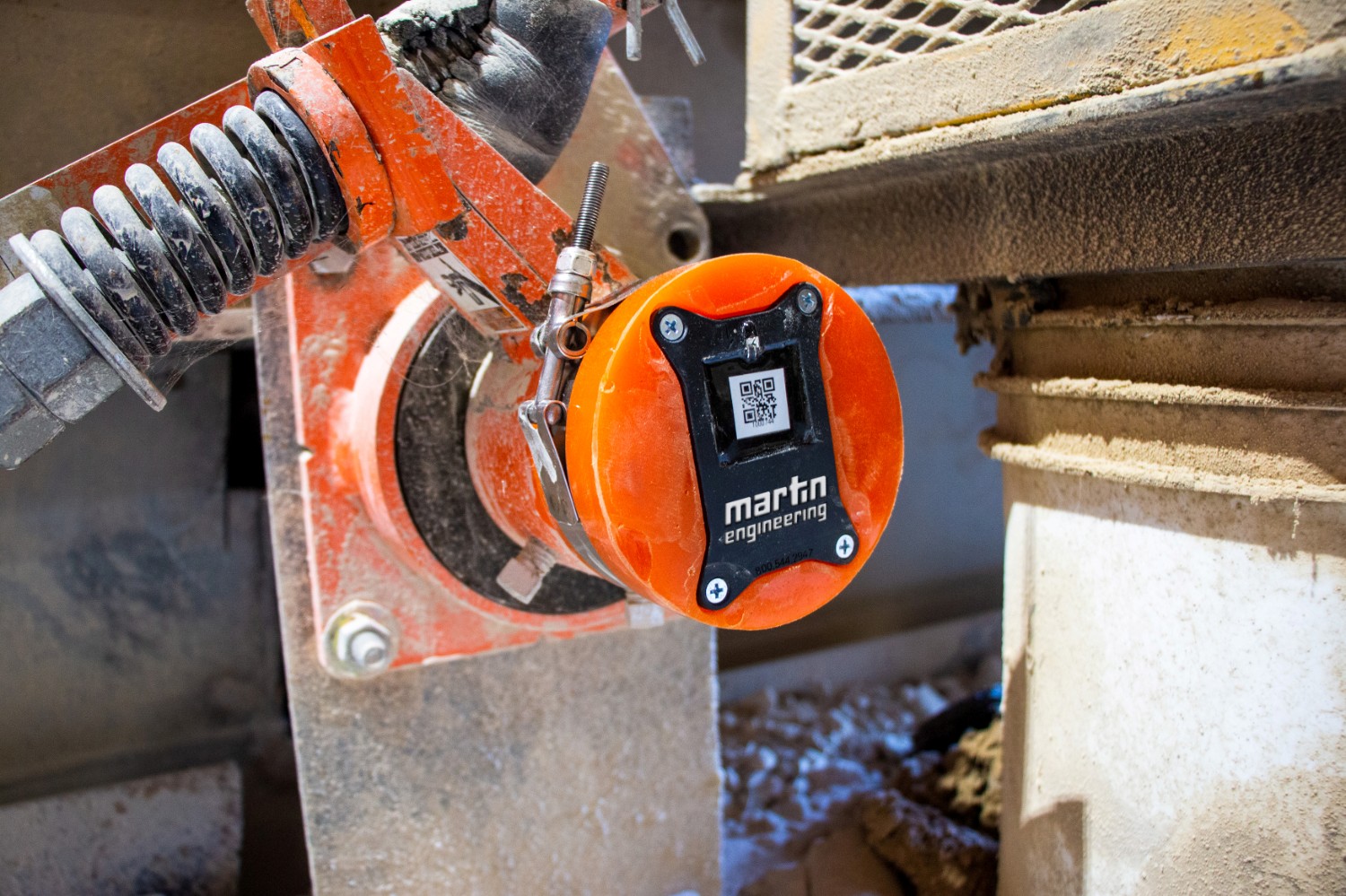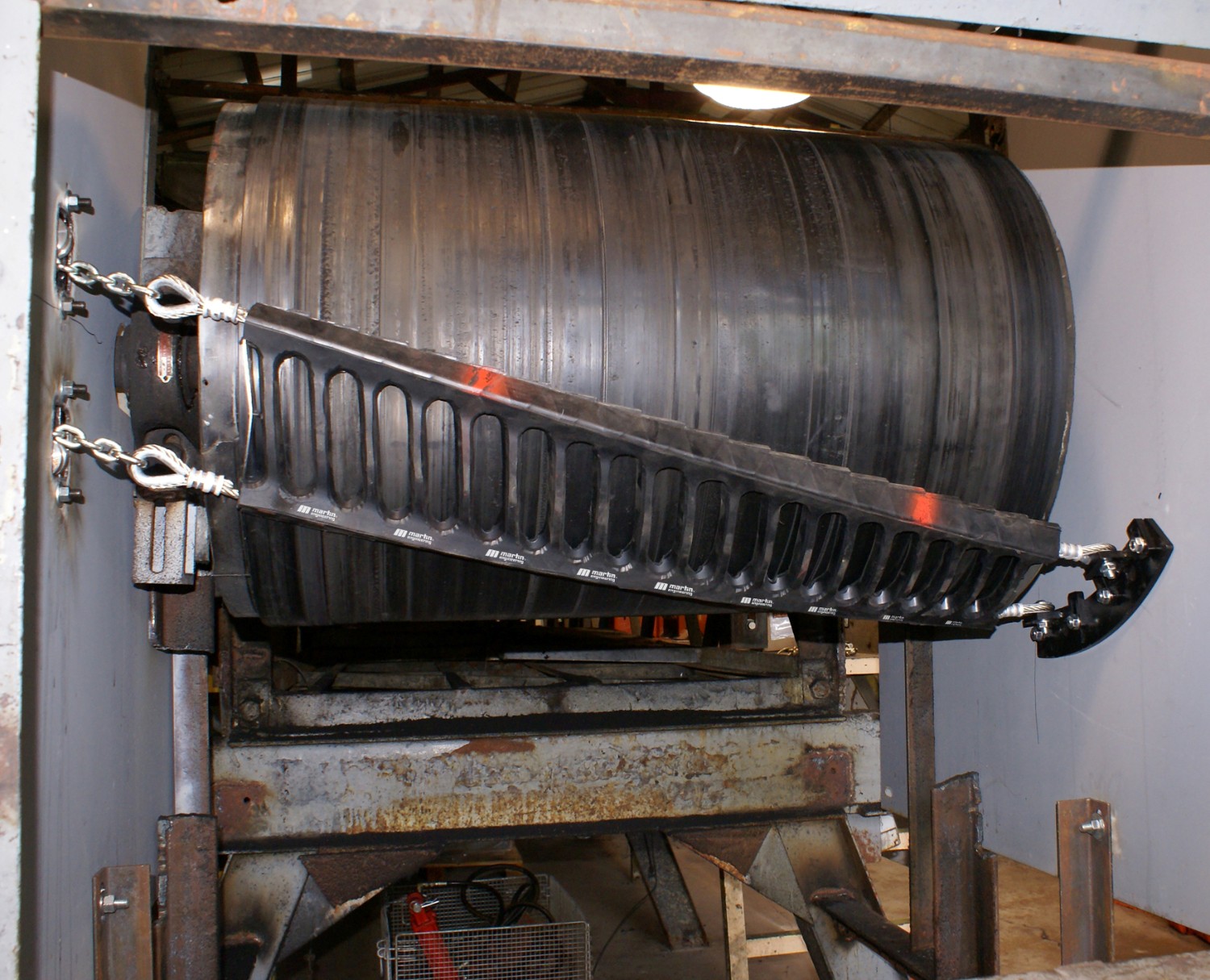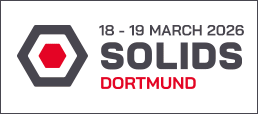Servicing the conveyor cleaning blade
Effective conveyor belt cleaning is essential to maintaining system performance, extending belt life, and protecting worker safety. Excessive carryback can shorten component life by up to 30%, while properly maintained cleaning systems typically contribute to less than 5% of belt wear – an excellent trade-off for the performance gained.
Safe and efficient belt cleaner maintenance requires both training and the right equipment. Industry best practice recommends using at least two cleaners per discharge point (primary and secondary) to ensure thorough cleaning and provide redundancy, which extends service intervals. The blade composition must also suit the application, as incorrect materials or excessive cleaning pressure can cause premature wear and reduced performance.
All cleaner maintenance should strictly follow lockout, tagout, blockout, and testout (LO/TO/BO/TO) procedures to prevent injury. Trained service technicians understand how to adjust tensioners, remove buildup, and replace worn blades safely and effectively.
Innovations like Martin Engineering’s CleanScrape primary cleaner simplify this process. Its design requires only initial tensioning, minimal maintenance, and provides up to four times the service life of traditional urethane cleaners.
To further enhance safety and efficiency, automated systems such as the N2 Position Indicator monitor cleaner wear and transmit alerts via Wi-Fi or cellular networks, reducing the need for manual inspection.

Safe maintenance on a belt cleaner system requires training and adherence to the proper safety procedures

The CleanScrape primary cleaner takes up less room and requires less maintenance than standard cleaners

Martin’s N2 Position Indicator communicates with maintenance staff and servicers, reducing the need for regular inspection





